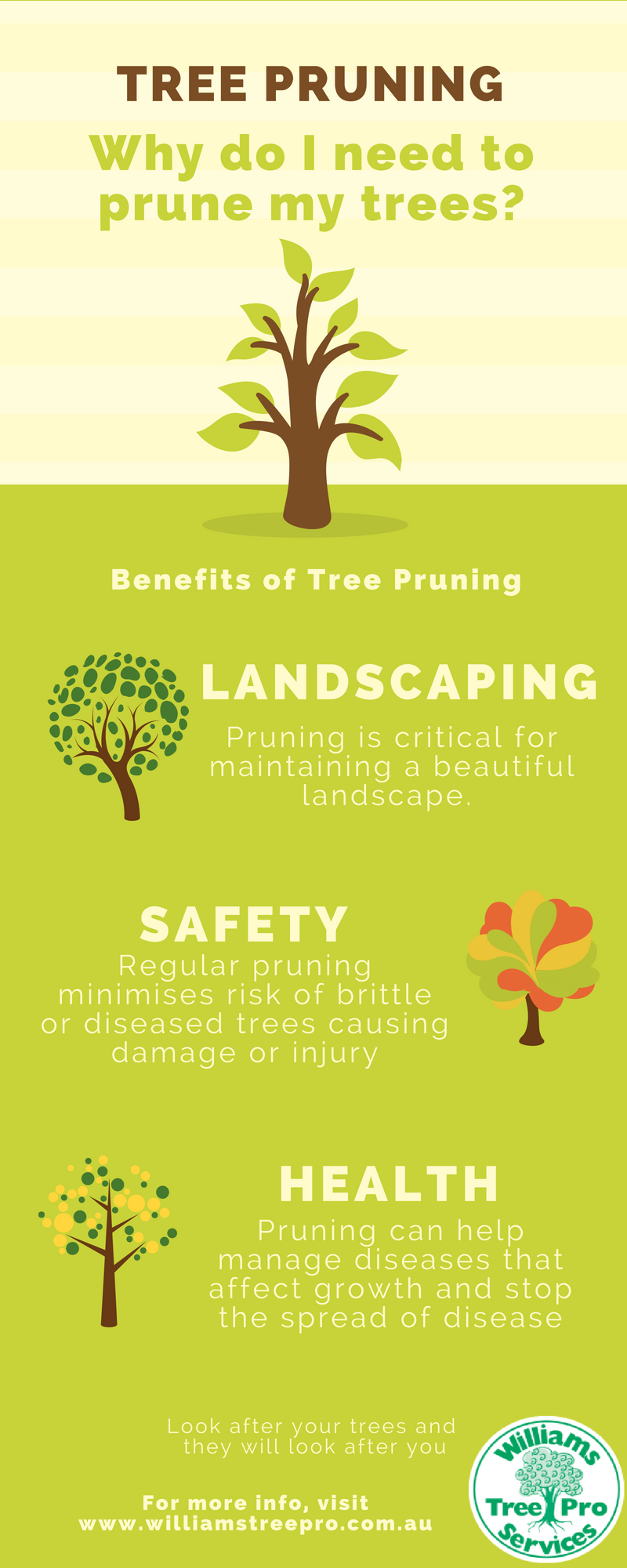Watch For Necessary Indications That Suggest Your Tree May Be A Risk; Identifying These Can Aid Secure Your Residential Property And Those You Care About.What Should You Watch On Next?
Watch For Necessary Indications That Suggest Your Tree May Be A Risk; Identifying These Can Aid Secure Your Residential Property And Those You Care About.What Should You Watch On Next?
Blog Article
Published By-Truelsen Emerson
When it involves tree treatment, recognizing the indicators that it's time for removal is vital for your security and building. You might discover blemished fallen leaves, wilting branches, or strange fungal growths showing illness. Architectural issues, like a substantial lean or splits in the trunk, can also pose threats. Understanding these warning signs can help you make notified decisions concerning your trees and protect against potential risks prowling in your backyard. What should you look for next?
Indicators of Degeneration and Illness
When you see signs of decay and condition in your trees, it's important to act swiftly. Look for stained fallen leaves, wilting branches, or uncommon growths like fungi. These can indicate that your tree is having a hard time.
If you see cracks in the bark or soft, mushy timber, these signs and symptoms recommend internal degeneration. In https://zanderokdyr.blogscribble.com/35363459/seasonal-pruning-of-trees-timing-and-techniques-for-optimum-growth , an abrupt rise in pests around your tree can signal that it's weakened and at risk.
Look for any type of dead or dying limbs, as they pose a risk to your building and security. If you're uncertain concerning what you see, speaking with an arborist can provide quality.
Attending to these indicators early can conserve you from a lot more extensive damage and guarantee the wellness of your backyard. website link wait till it's far too late.
Structural Instability and Leaning
As you observe your trees, watch out for any kind of signs of structural instability or leaning. If a tree leans considerably, it might suggest that the root system is endangered.
Try to find any type of splits in the trunk or soil around the base; these can signify prospective failing. Additionally, look for uncommon growth patterns, like an unbalanced crown, which might recommend that the tree is having a hard time to hold itself upright.
If helpful resources notice that the tree favors your home, power lines, or various other frameworks, it poses a better danger. Do not overlook these indications-- speak with an arborist to analyze the scenario.
Acting early can protect against costly damage and ensure your safety.
Dead or Dying Branches and Vegetation
If you notice dead or passing away branches and foliage on your tree, it's a clear sign that something's incorrect.
These unhealthy areas can suggest underlying problems like illness, parasite problems, or ecological stress. When branches shed their leaves or turn brownish, they're no longer contributing to the tree's wellness. Disregarding these indications can lead to further decrease, making your tree more unsafe.
Dead branches can quickly break short throughout storms, presenting a danger to residential or commercial property and people nearby. It's essential to assess the level of the damage.
If the issue influences a substantial part of the tree, take into consideration speaking with a specialist. They can aid identify if elimination is needed to make certain security and keep the charm of your landscape.
Verdict
If you discover any type of indications of decay, architectural instability, or dead branches on your trees, don't neglect them. These indications can present severe safety risks to you and your residential or commercial property. It's constantly best to consult a specialist arborist that can offer an expert assessment of your trees. Acting early can avoid crashes and expensive damage, ensuring your landscape continues to be safe and healthy and balanced. Keep in mind, it's better to be aggressive regarding tree care than to wait on a catastrophe to occur.
